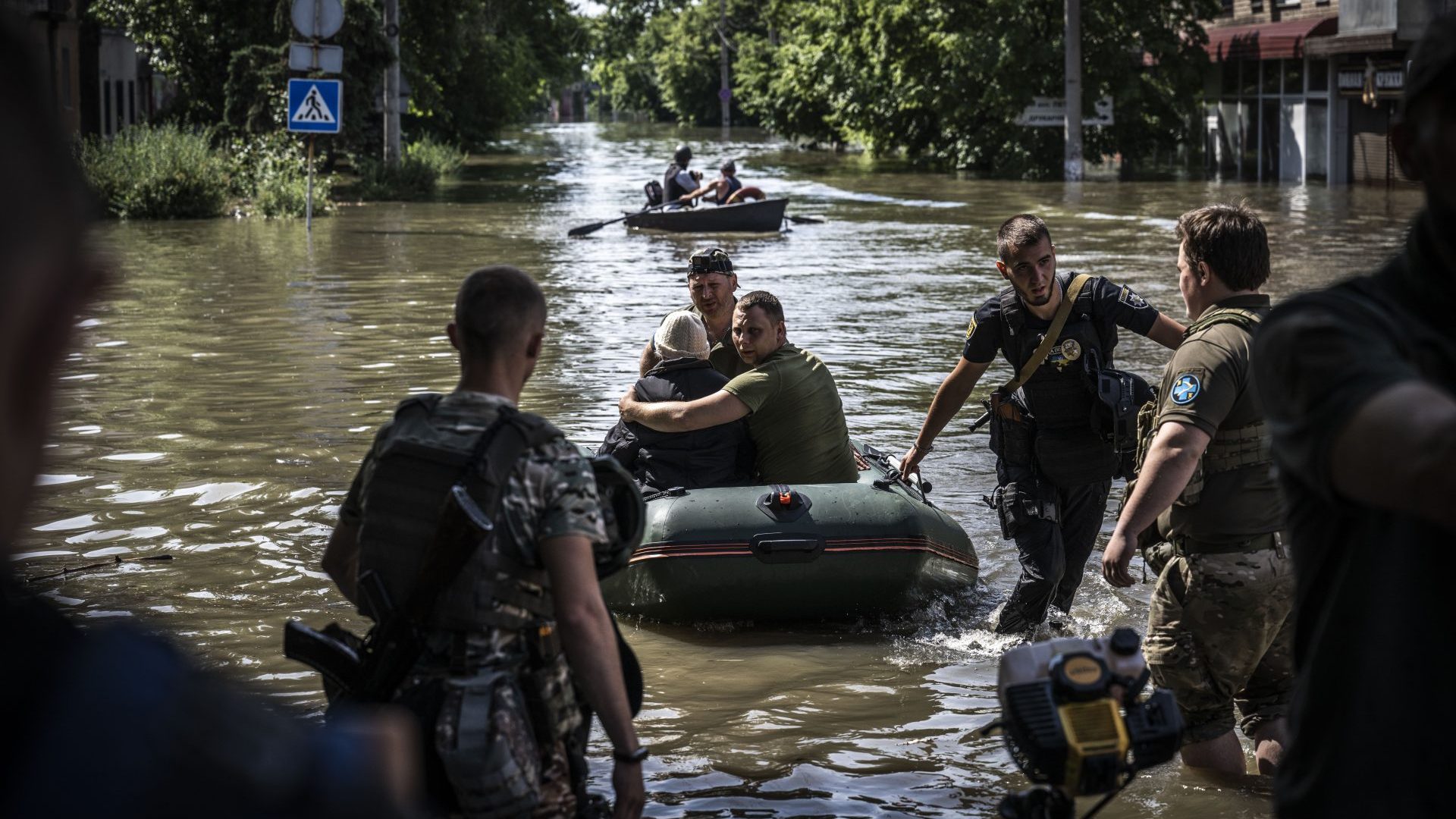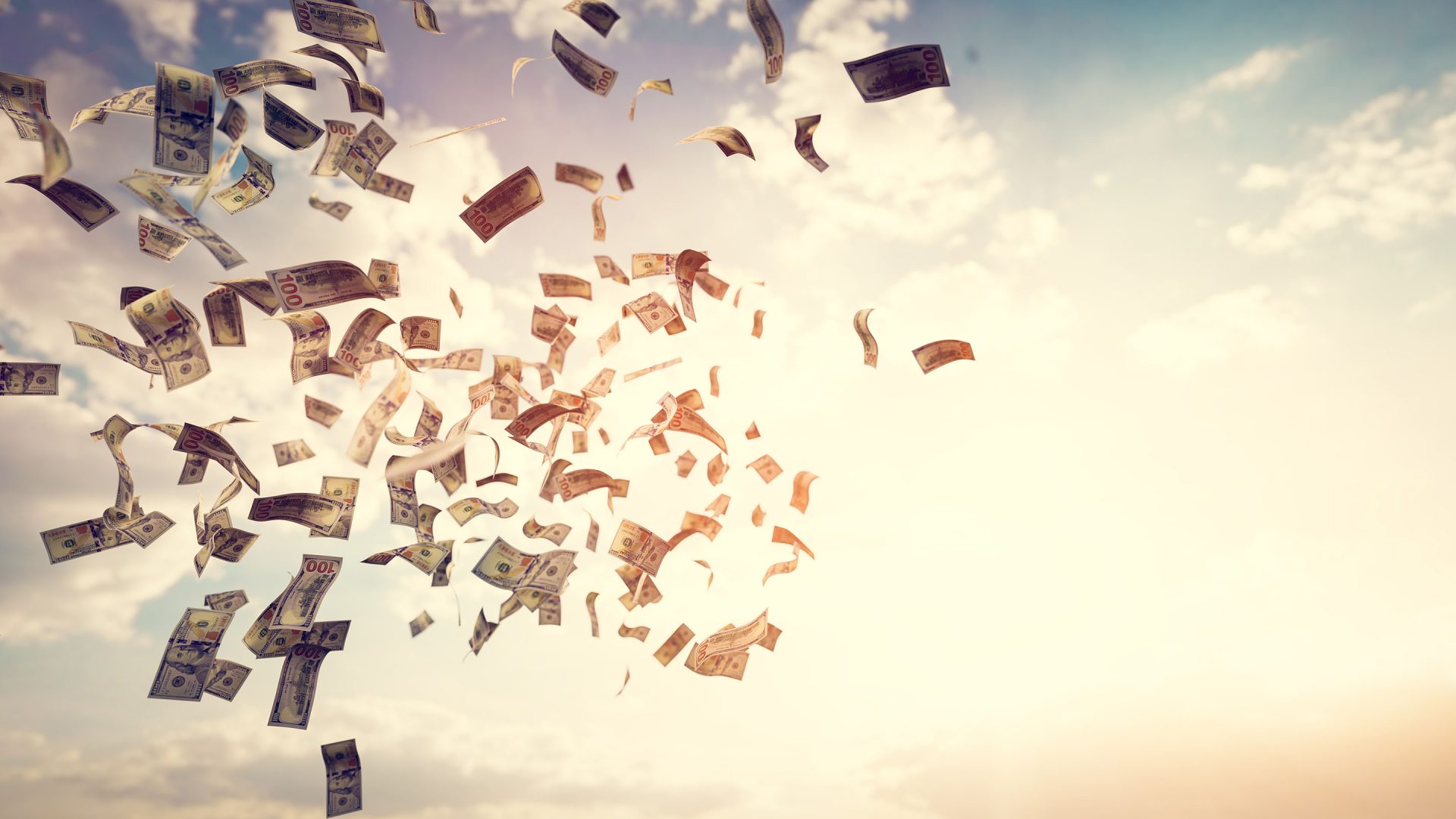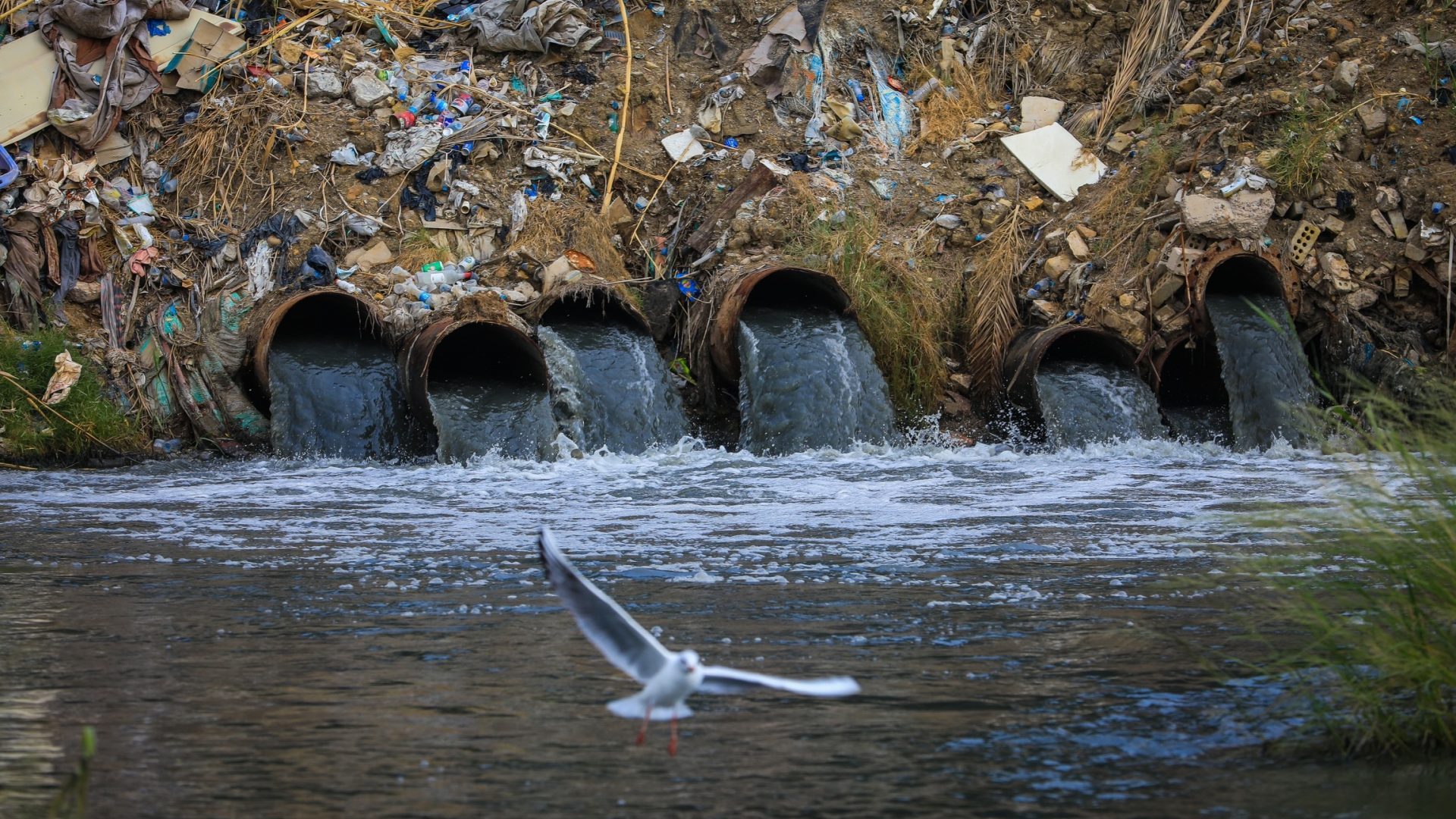June: the month of the drowned dogs. Perhaps the most surreal insight into the madness of Russia’s latest war crime in Ukraine is a video showing the pro-Putin governor of part-occupied Kherson county proclaiming that “everybody is working normally” while behind his back you can see Nova Kakhovka Palace of Culture’s half submerged in the great flood. Nothing to see here, folks.
Thousands are homeless, hundreds may have died – journalism, as we know it, no longer exists in Russian-occupied Ukraine – lives have been blighted, animals drowned in their thousands. The Fairytale Forest zoo – a little kids city farm – in Nova Kakhovka had monkeys, sheep, and raccoons. They are all dead. Only the ducks survived. But the Russian mining of the Nova Kakhovka dam is not a sign of strength but, in the long term, strategic surrender.
There is no doubt in my mind that the Russians blew up the dam. Locals report one explosion, then the sound of gushing water. Note the singularity. The Russian fairy story is that the Ukrainians fired artillery shells at the dam and destroyed it to make the Kremlin look bad. It is nigh on impossible to blow up a massive concrete structure like a dam with one artillery shell. But one stick of explosives planted at the bottom of the dam on the dry side would do the job with just one bang. The Americans are poised to declassify signals proof that the Russians did it which should clinch it – unless you are as thick as the Republican contender for the White House.
The Russian narrative makes no military or political sense. Ukraine is a democracy at war and its generals are at pains to preserve civilian life in the occupied territories as best they can. Ukraine’s summer counter-offensive is starting – but the serious heavy metal, the British-made Challenger and the German Leopard tanks have, it seems, yet to roll – and creating an immense floodplain hinders that and helps the Russians.
Killing unknown numbers of civilians, blighting Ukraine’s ecology – ecocide – and screwing up Ukraine’s counter-offensive: that’s all in the Russian playbook. Simples.
I first predicted that the Russians would blow up the dam in the paperback edition of my book, Killer In The Kremlin, written last October but published in February this year. Call me Mystic Meg, but this is what’s in the book:
“The latest doom-think is that Putin will blow up the mighty Nova Kahkhovka dam near Kherson, unleashing a man-made tsunami. This would further degrade the electricity supply, flood a great area including Kherson, drown thousands, cut the main freshwater supply to Crimea, signalling the Russians plan to give up their prize annexation from 2014, and strip the Zaporizhzhia nuclear power plant of its water supply to cool the reactor. While I am an optimist about the non-use of a nuke, I’m a pessimist on the dam. I think it highly likely he will blow it up, judging that the West will angst but not retaliate. Any non-nuclear degrading of Ukraine’s quality of life is very much on the Kremlin’s wish-list. The Chinese won’t mind. The West won’t fight. But the cost in Ukrainian blood and resources will be dire. I hope I’m wrong.”
I was right.
Here’s the good news. One, the big reactor, Europe’s biggest – the Zap – has six nuclear kettles and five are cold. The sixth is warm but cooling and doesn’t need a lot of water to control it. Mark Wenman, reader in nuclear materials at Imperial College London, told the Financial Times: “I see no real risk of an incident due to loss of water to the reactors.” Paddy Regan, professor of nuclear physics at Surrey University, agrees.
Two, the dam supplied water to barren Crimea. Blowing up the dam is a critical sign that Russia has abandoned its long-term strategy of holding onto the peninsula. This is not being promulgated in the Kremlin’s patsy media but the long traffic jams going east leading to the Kerch bridge speak to Crimxit. Unarticulated, but Putin’s supporters are going back to Russia. The last time a mass of Russians voted with their feet was not good news for the tsar.
Three, last autumn a ton of smart people were worried that Putin, faced with military humiliation, might use a tactical nuke against Ukraine. The deputy ambassador at the UN was the first Chinese voice to warn against that – and since then Beijing has dialled up the volume. China is worried about the health of the world economy and its own and does not want a world recession triggered by Putin. He needs China. Besides, Russia is next door to Ukraine and the wind does blow east.
Militarily, blowing up the dam limits Ukraine’s options somewhat but gives it more incentive to fight a pitiless enemy. The question is not whether Putin can win but how many more people will die before he loses. The answer?
Enough, already.
John Sweeney is the author of Killer in the Kremlin, published by Penguin Books




